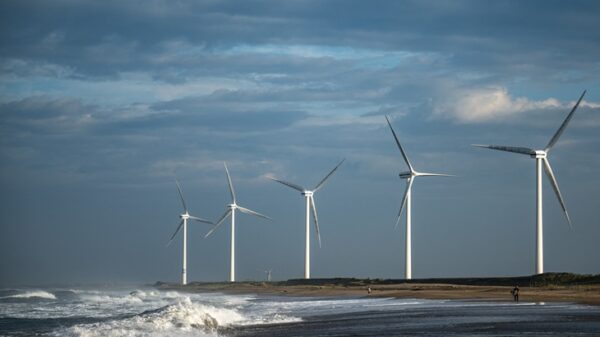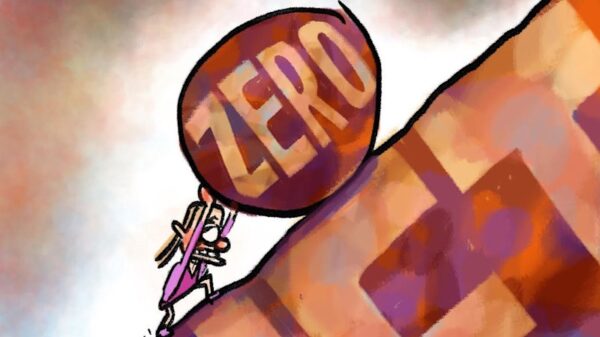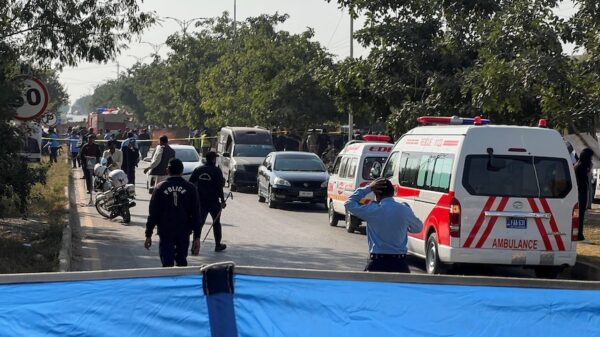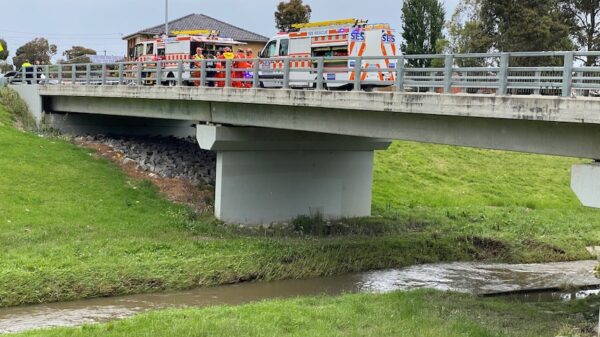New research from the Universities of Exeter and Bristol sheds light on the evolutionary basis of the Dread Risk response, a phenomenon where individuals exhibit heightened fear and avoidance behavior towards low-probability, high-consequence events like terrorist attacks or nuclear disasters. The study reveals that this intense reaction often leads people to engage in riskier behaviors, such as driving instead of flying, ultimately exposing them to greater dangers, such as traffic accidents.
Using a mathematical model, researchers demonstrate how this response, although appearing irrational, is actually favored by evolutionary processes. Individuals who tend to avoid activities that could potentially result in mass fatalities—despite their low likelihood—are more likely to leave behind a greater number of descendants than those who respond to risks in a more proportional manner. This evolutionary strategy explains why people may choose safer alternatives that paradoxically involve a higher risk to their personal safety.
Dr. Sasha Dall, Associate Professor of Theoretical Biology at the University of Exeter, emphasizes that the world has always posed various risks to humans. “Though modern life is generally much safer, we have retained a deep sense of dread for events that might cause mass loss of life,” he explains. The study challenges the notion that better information alone can help people make safer decisions regarding risks.
Understanding Dread and Its Implications
The research, published in the journal Scientific Reports, also reflects on the aftermath of the September 11, 2001, terrorist attacks in the United States. Following the attacks, there was a substantial decline in airline passenger numbers, which correlated with an estimated additional 3,000 deaths due to traffic accidents over the subsequent 18 months. This phenomenon raised concerns about public safety and spurred calls for improved guidance on risk assessment.
The authors assert that the behavior observed post-9/11, often labeled “maladaptive,” can be understood through the lens of evolutionary principles. “It doesn’t matter how well-informed people are; they are likely to have an evolved tendency to bias their behavior against exposure to rare but catastrophic events, which we term environmental or aggregate risks,” says Emeritus Professor John McNamara from the University of Bristol’s School of Mathematics.
The study highlights that even when alternative choices, such as driving instead of flying, present greater risks to individual safety, they may still be viewed as safer options in terms of protecting one’s genetic lineage. This idea of idiosyncratic or demographic risks suggests that personal safety is often sacrificed for the perceived benefit of safeguarding familial structures and genetic heritage.
The Broader Impact of Dread in Decision-Making
The findings illustrate the complex interplay between perceived risk and actual risk, contributing to a broader understanding of human behavior in response to potential threats. The research indicates that the stronger the dread perceived by individuals, the more likely they are to engage in behaviors that may not align with statistical probabilities of danger.
As society continues to navigate various risks, from natural disasters to societal threats, understanding the Dread Risk response can inform approaches to public safety and risk communication. The study ultimately encourages a reevaluation of how information about risks is presented and understood, as it highlights the limitations of relying solely on data to guide human behavior.
This research not only advances the field of evolutionary biology but also provides insights into human psychology, illustrating how deeply ingrained fears can shape decision-making processes in ways that defy rational explanation.

































































